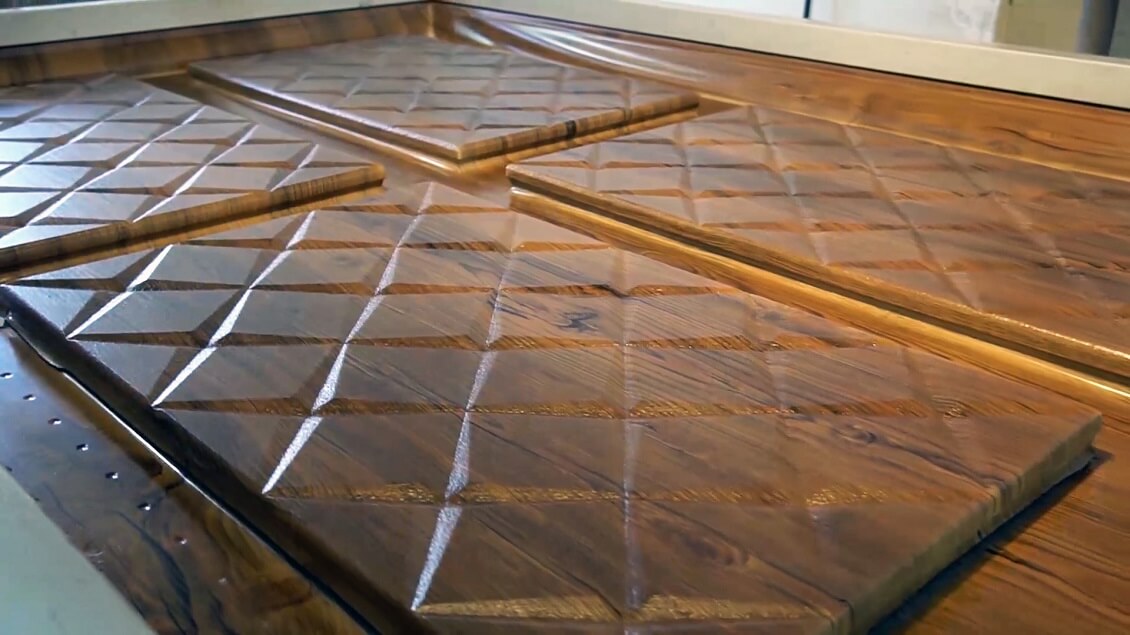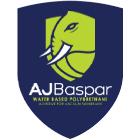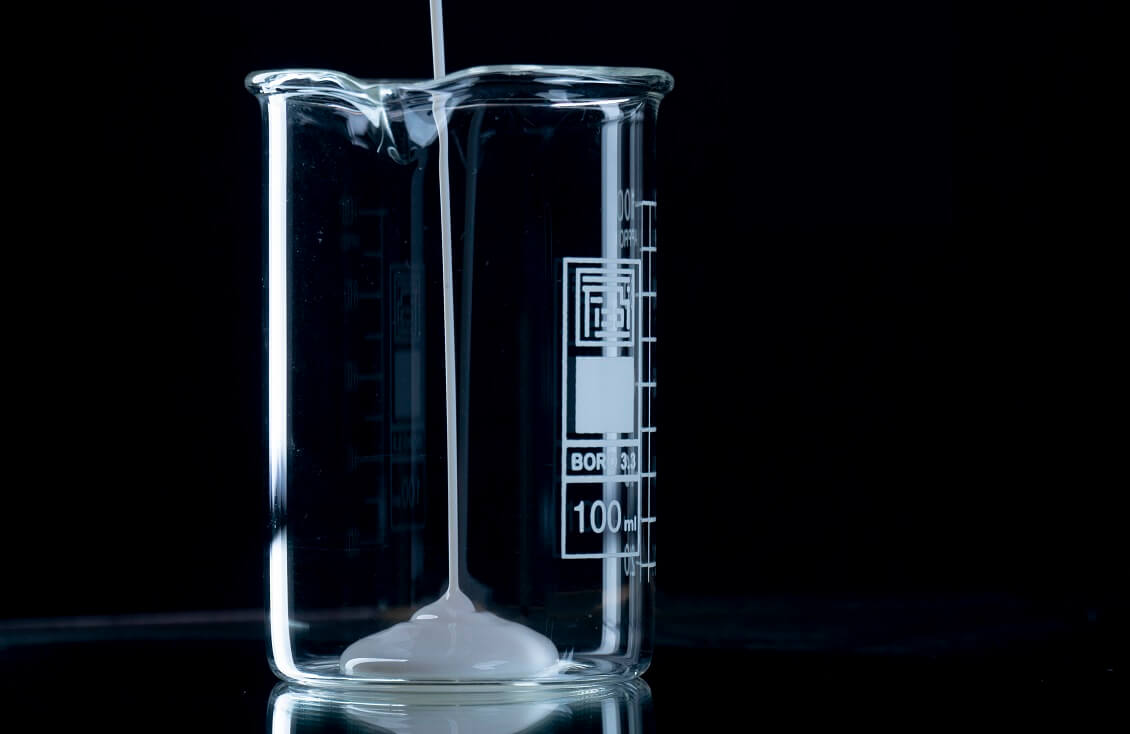Introducing Water-Based Adhesives
The development of products that ensure health and safety while also reducing environmental impacts has led to an increasing global market share for water-based adhesives. Due to their environmental compatibility and low volatile organic compounds, water-based adhesives are an excellent alternative to solvent-based systems. These adhesives do not pose a significant health risk and do not emit toxic or foul-smelling vapors.
Types of Water-Based Adhesives
Water-based adhesives are composed of a mixture of polymeric materials, water, and additives. They are suitable for both porous and non-porous surfaces. These adhesives are formulated as emulsions or dispersions and become active when the water evaporates or is absorbed by the underlying layer. There are numerous chemical forms of these adhesives, which may be natural or synthetic, but the most well-known include:
- Ethylene Vinyl Acetate (VAE) Emulsions or Polyvinyl Acetate (PVA)
- Acrylic-Based Water Adhesives
- Natural or Biological Water-Based Adhesives
- Natural Rubber Adhesives
- Water-Based Polyurethane Adhesives
- Additives for Water-Based Adhesives
Vinyl Acetate-Based Emulsions
A Closer Look Vinyl acetate-based water adhesives stand out as the most prevalent and fundamental type within the adhesive industry. Among these, Polyvinyl Acetate (PVA) emulsions are particularly noteworthy. Classified as aliphatic polymers, they are thermoplastic in nature, offering versatility and robustness. These emulsions are adept at bonding porous materials, finding their application across a diverse range of substrates from paper and wood to non-woven textiles, fabrics, and even stonework, ensuring a strong and durable hold.
Applications of Vinyl Acetate Water-Based Adhesives
Vinyl acetate-based adhesives excel in paper applications, prominently used for packaging cardboard, bookbinding, envelopes, and labels.
Another highly utilized product is Ethylene Vinyl Acetate (VAE) adhesives, which offer significant advantages over Polyvinyl Acetate (PVA) water-based adhesives. They provide superior bonding strength compared to PVA adhesives. VAE-based water adhesives are also more suitable for non-porous surfaces than their PVA counterparts. Furthermore, VAE adhesives boast greater flexibility and higher moisture resistance than PVA adhesives.
Utilizing Ethylene Vinyl Acetate-Based Water Adhesives
Ethylene Vinyl Acetate (VAE) water-based adhesives are a cornerstone in the realm of flexible packaging, marking one of their most critical applications. Beyond packaging, these adhesives are integral to the interior decoration industry, bookbinding, and the textile sector, showcasing their versatility and adaptability across various domains.
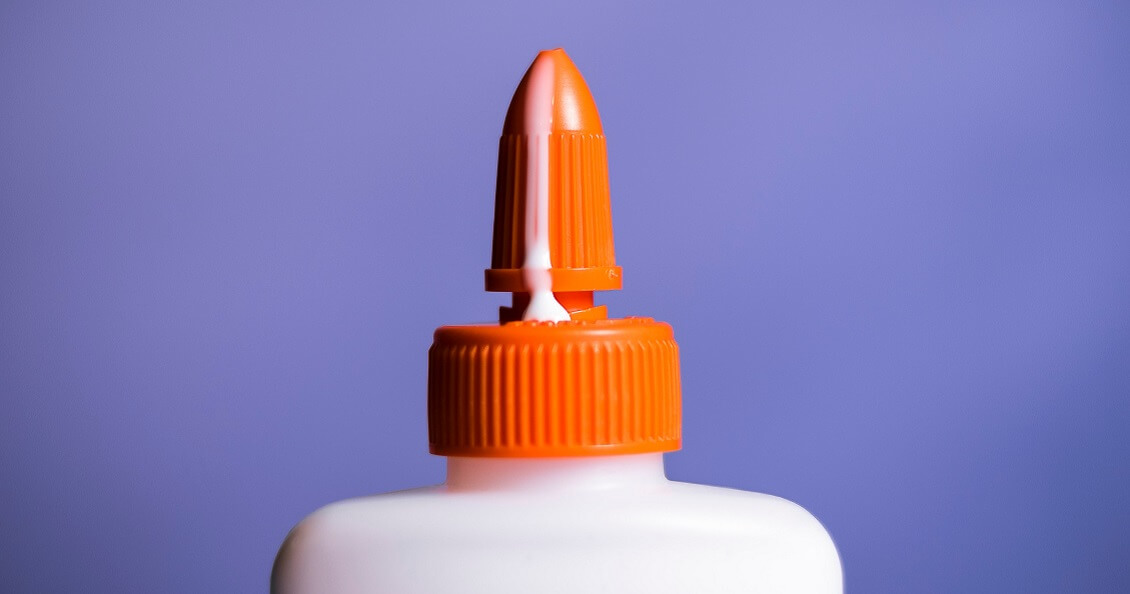
Water-Based Acrylic Adhesives
Water-based acrylic adhesives are composed of a consistent emulsion of vinyl acetate, ethylene-vinyl acetate (EVA), or synthetic acrylic resins dispersed in water. These adhesives often establish cross-linking with the substrate, significantly bolstering their resilience against climatic variations and the test of time.
Applications of Water-Based Acrylic Adhesives
Water-based acrylic adhesives are integral in the production of pressure-sensitive tapes and labels, as well as in paper lamination processes. These adhesives are particularly valued for their strong, durable bond and versatility. In the packaging industry, acrylic-based emulsion adhesives are the go-to choice for sealing cardboard boxes, ensuring contents are secure during transport and storage.
Natural or Biological Adhesives
Natural or biological adhesives are formulated from botanical sources like starch and dextrin, or proteinaceous materials such as casein, soybeans, or milk albumin. Casein-based adhesives are noted for their prolonged drying periods, formidable adhesive capabilities, and superior moisture resistance. Conversely, dextrin-based adhesives, while less resistant to moisture, exhibit exceptional durability with certain specific materials, making them a staple in the paper industry.
These adhesives are available in both liquid and powder forms, necessitating the addition of water prior to application. Upon water evaporation or absorption by the substrate, these adhesives undergo a physical transformation that facilitates bonding. However, due to their limited shelf-life and inability to be stored and packaged for extended periods, the use of many biological water-based adhesives is not as prevalent.
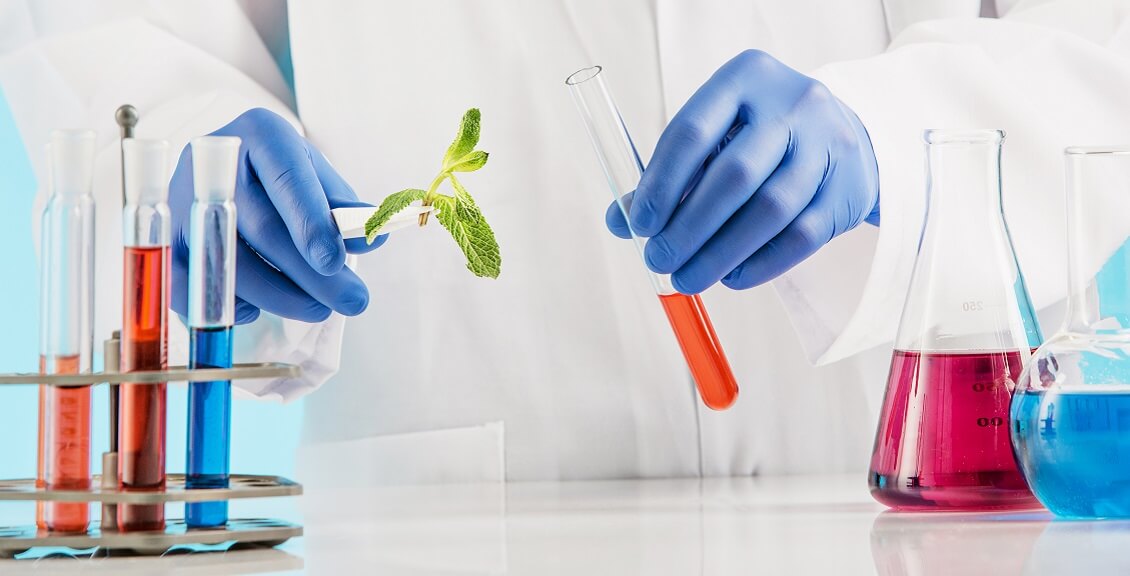
Polychloride Adhesives and Synthetic Rubber
Polychloride adhesives, coupled with synthetic rubber, are among the pioneering adhesives utilized for bonding diverse materials. Their elastic properties when heated make them a popular choice in the adhesive market, especially for adhering organic and porous materials like leather, paper, and fabrics.
Polychloride adhesives are known for their very low toxicity and excellent adhesion qualities. To achieve optimal adhesion, it is essential to incorporate specific amounts of a tackifier into the adhesive mixture. These adhesives are particularly well-suited for the footwear and apparel industries, thanks to their water resistance, flexibility, and the variety they offer.
Water-Based Polyurethane Adhesives
Water-based polyurethane adhesives are distinguished by their versatility across various climatic conditions. Their unique chemical composition allows them to effectively bond diverse surfaces with minimal energy expenditure. Notably, they exhibit strong adhesion and resistance to extreme temperatures and moisture. These adhesives form elastic and highly durable bonds, making them ideal for a range of applications. They are characterized by their rapid drying times, straightforward application process, and the convenience of cleaning tools and equipment post-application. Formulated to adhere to plastic, wood, and metal surfaces, water-based polyurethane adhesives are a reliable choice for both industrial and domestic uses.
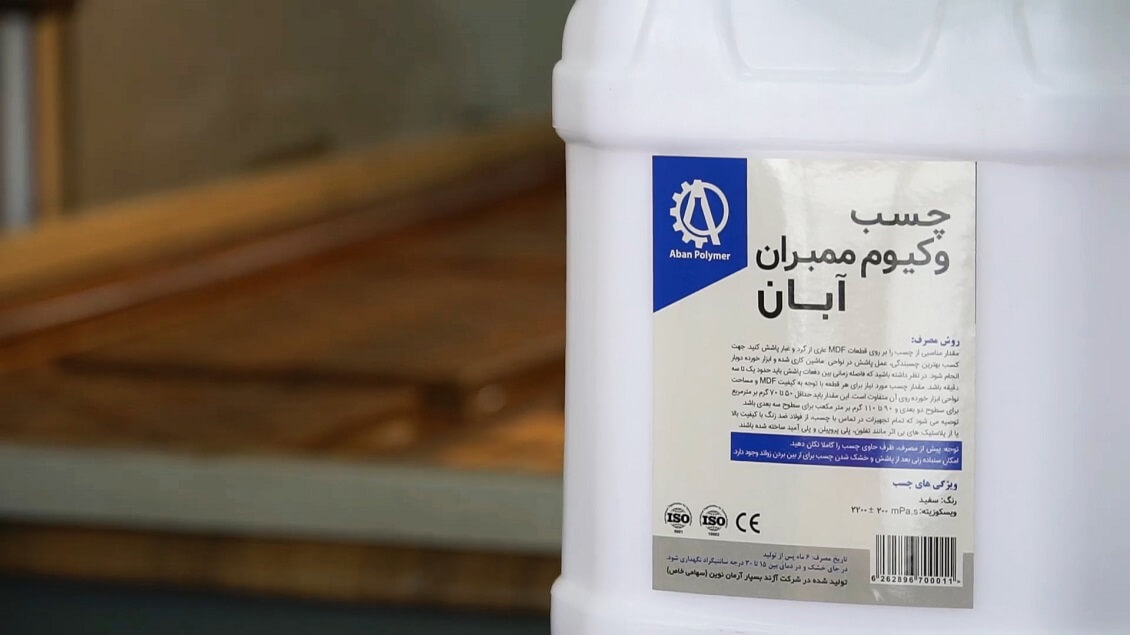
Applications of Water-Based Adhesives
Water-based adhesives, containing an organic component within an aqueous solution, are activated when the water component evaporates or is absorbed by the substrate. This process is facilitated by external factors like temperature and pressure, which help to bond two surfaces together. These adhesives are particularly effective for porous materials such as paper, fabric, wood, cardboard, and certain plastics.
In the industrial realm, water-based adhesives offer significant benefits, including cost-effectiveness and the absence of harmful solvents, making them a more environmentally friendly and health-conscious choice compared to solvent-based adhesives. Their applications span across various sectors, including:
- Construction and Interior Decoration: For installing flooring, wall coverings, and assembling furniture.
- Medical Industry: In the production of medical tapes and wound care products.
- Food Packaging Industry: For sealing food containers and packaging, where safety is paramount.
- Adhesive Tapes and Labels: Providing secure bonding without damaging surfaces.
- Paper Packaging: Ensuring strong seals in packaging materials.
- Clothing and Sports Equipment: Offering flexibility and durability in wearable items.
These adhesives align with the growing demand for sustainable and safe adhesive solutions across multiple industries.
